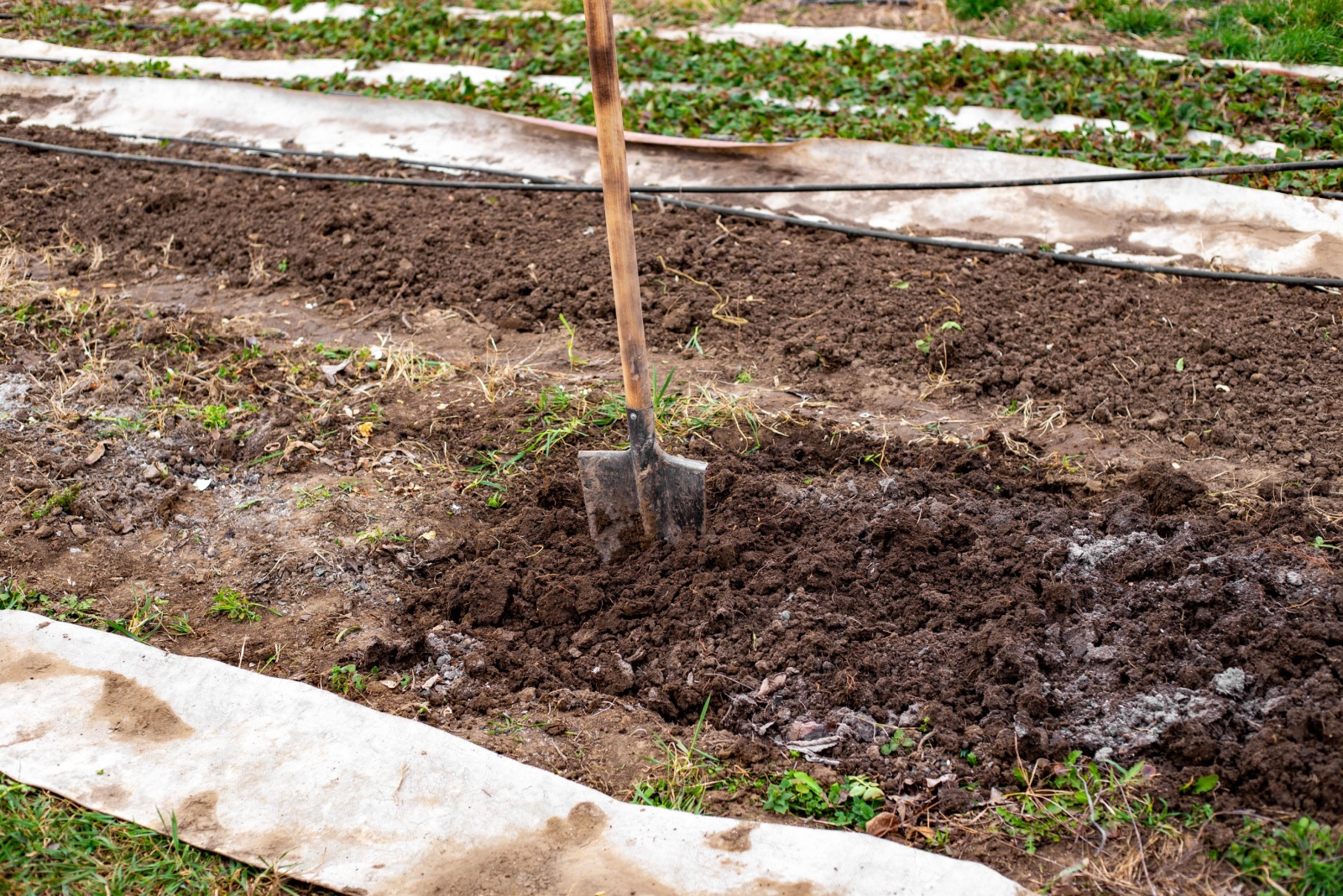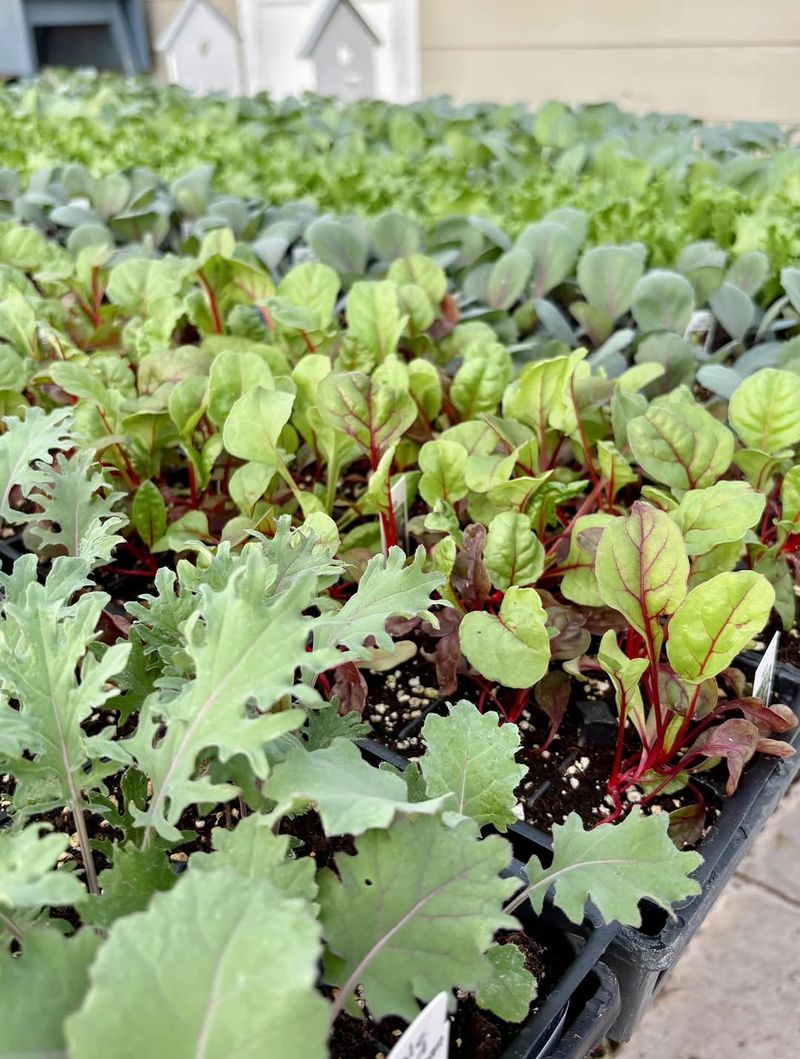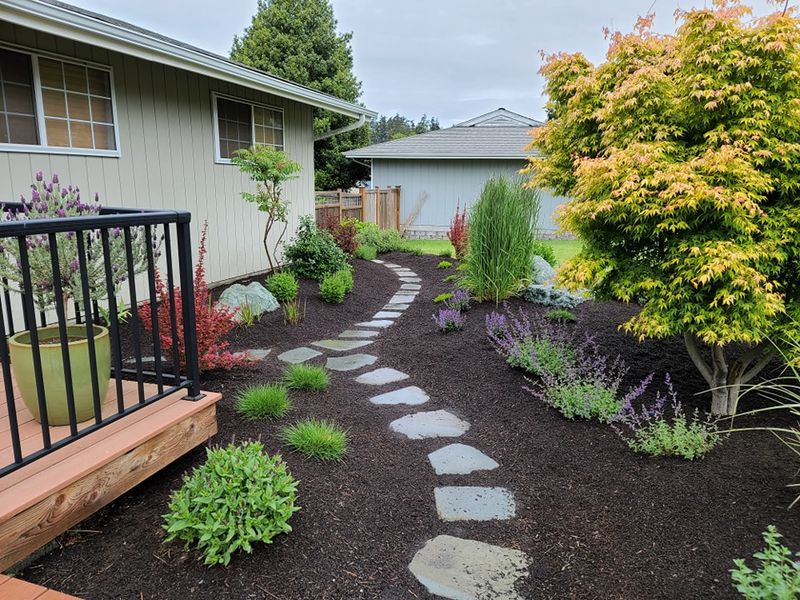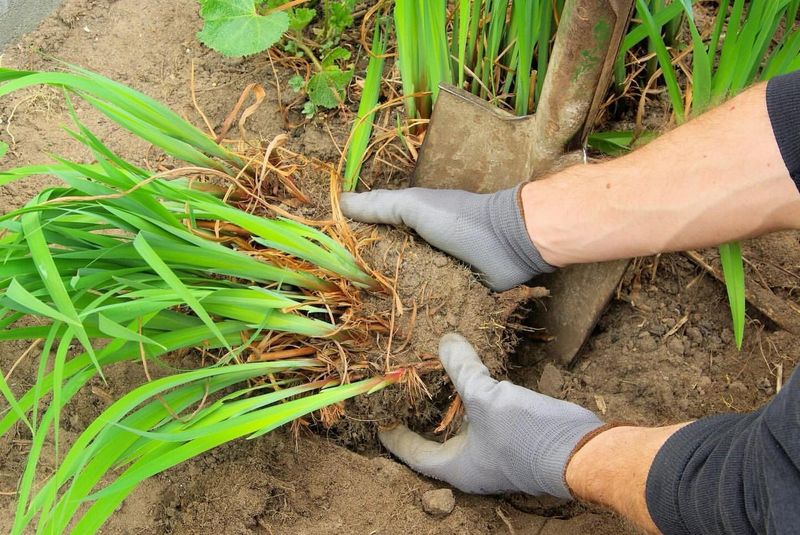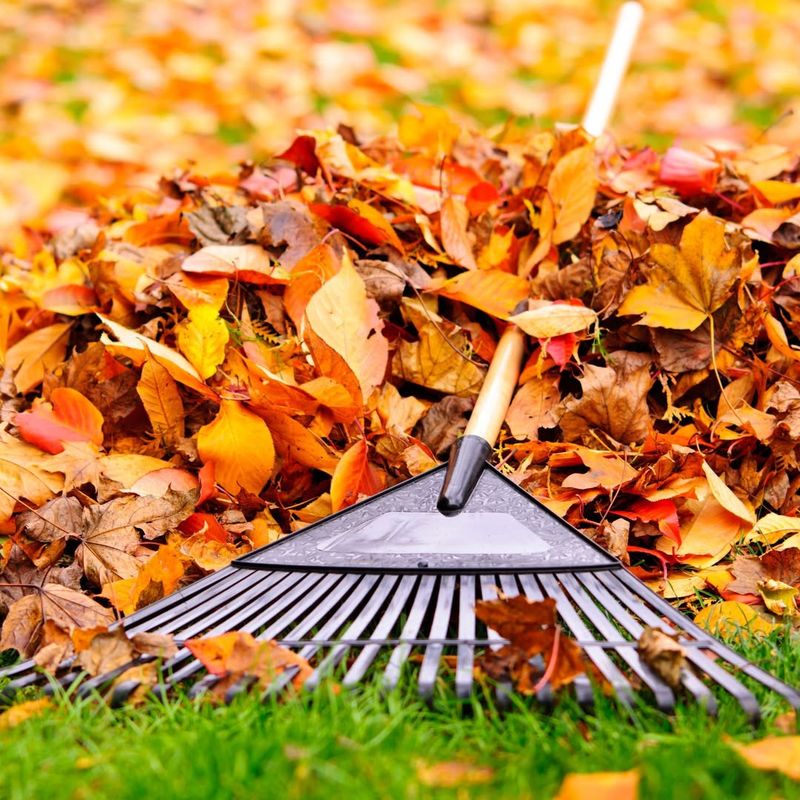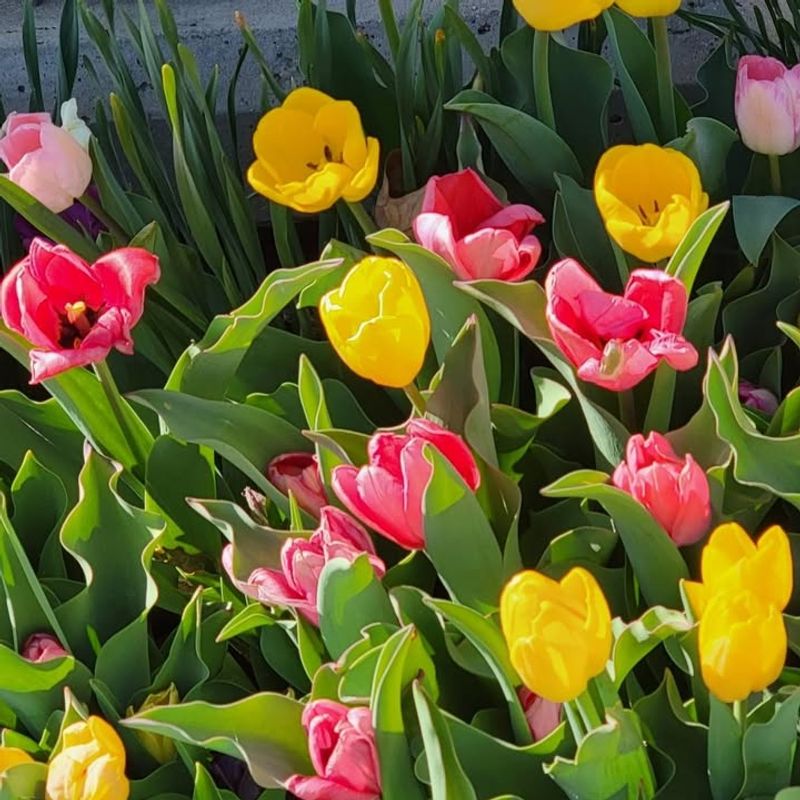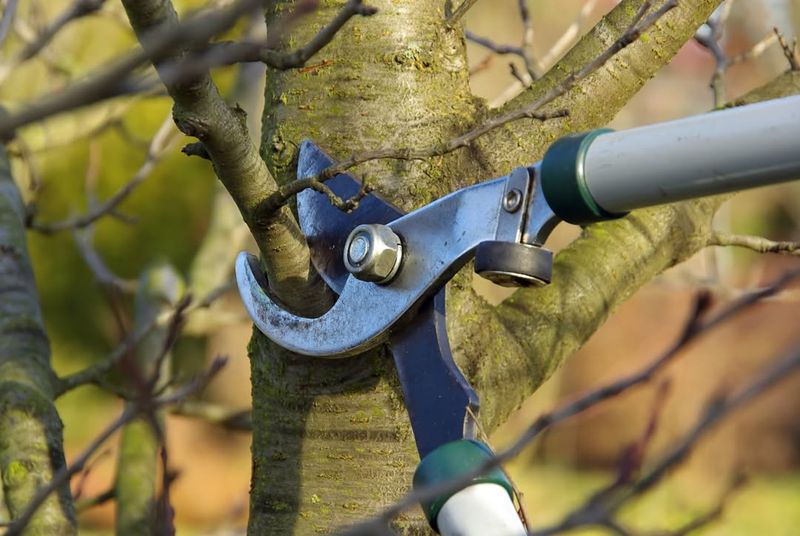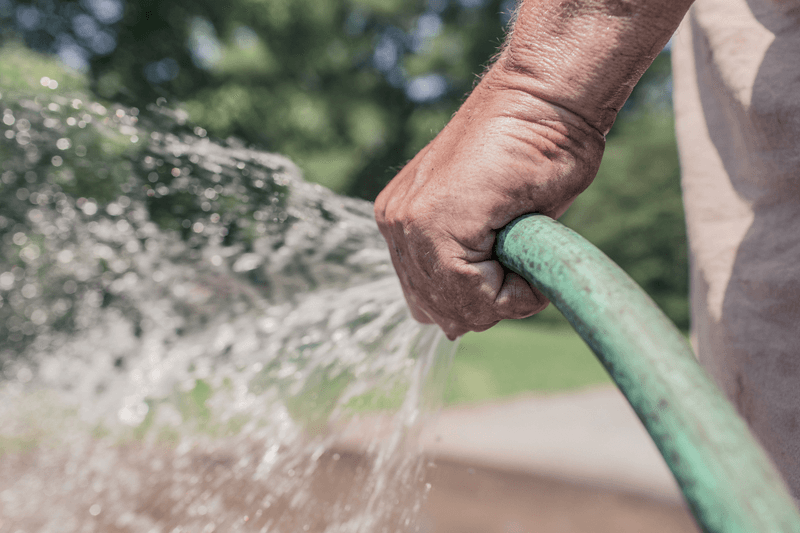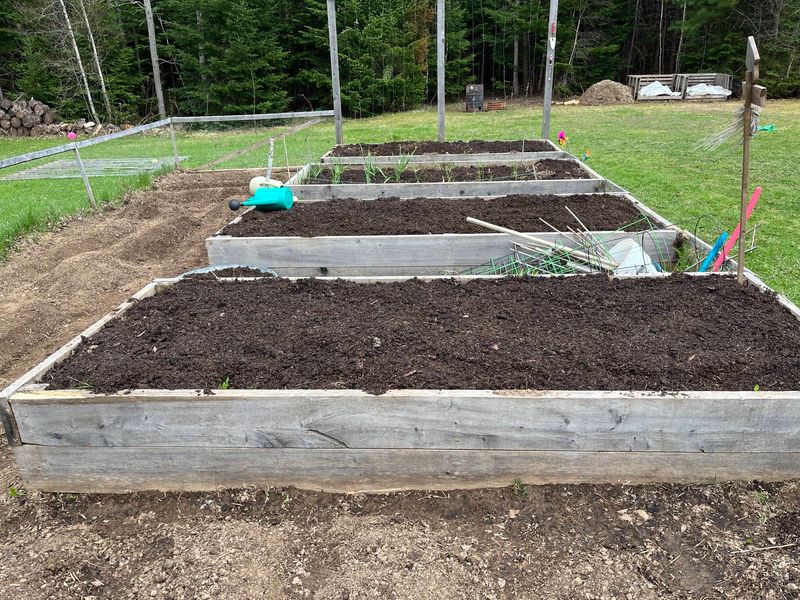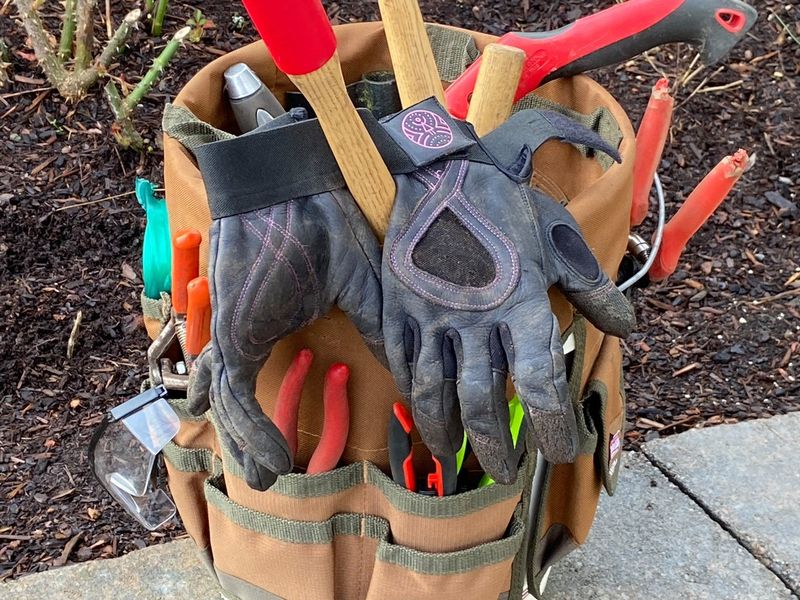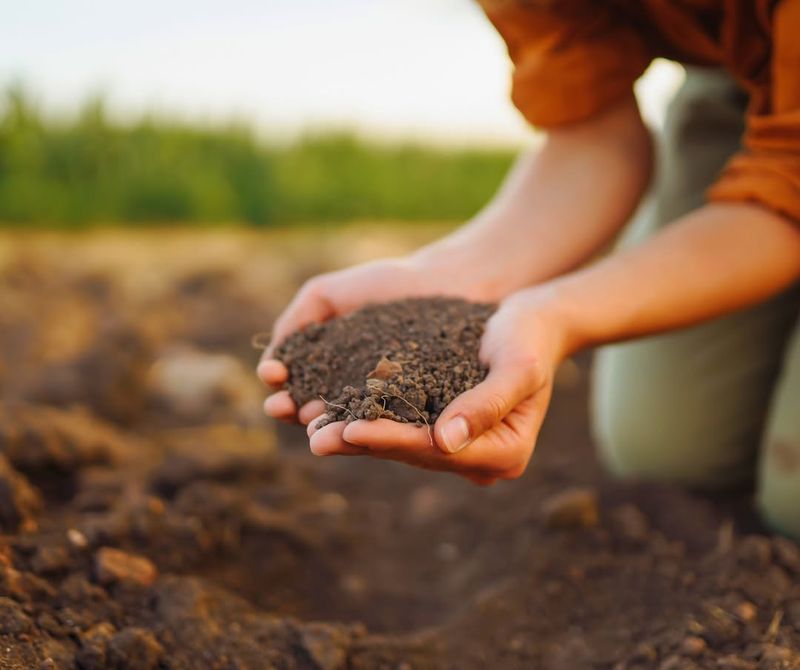Fall’s knocking, and your Virginia garden is ready for its next act! As the leaves turn and the air cools, it’s time to roll up your sleeves and give your plants the TLC they need to flourish.
From soil to shrubs, these ten fall must-dos will keep your garden growing strong and looking gorgeous long after the first frost.
1. Plant Cool-Season Vegetables
Autumn offers a second chance to grow fresh produce right in your backyard. Crops like lettuce, spinach, kale, and radishes actually prefer cooler weather and taste sweeter after a light frost.
Plant them in early fall so they have time to establish roots before winter arrives. You can harvest these tasty greens well into November or even December in many parts of Virginia.
Adding row covers extends your growing season even further, protecting plants from unexpected cold snaps.
2. Mulch Garden Beds Generously
A thick blanket of mulch acts like a cozy jacket for your garden soil. Spread two to three inches of shredded leaves, wood chips, or straw around perennials, shrubs, and trees to keep roots warm during winter.
Mulch also prevents soil erosion from heavy rains and reduces weeds that try sneaking in during mild spells. Wait until after the first hard frost to mulch perennials so mice don’t nest there.
Your plants will thank you come springtime with stronger growth.
3. Divide And Transplant Perennials
Overcrowded perennials produce fewer blooms and look messy in your garden. Fall provides ideal conditions for dividing hostas, daylilies, irises, and other perennials that have grown too large.
Cooler temperatures mean less stress on plants during the move, and autumn rains help new divisions establish roots quickly. Dig up the entire clump, separate it into smaller sections with roots attached, and replant immediately.
Water them well, and they’ll bounce back beautifully next spring.
4. Clean Up Fallen Leaves Regularly
Those gorgeous fall leaves can actually harm your lawn if left piled up too long. Thick layers block sunlight and trap moisture, creating perfect conditions for mold, disease, and dead grass patches.
Rake or mulch leaves weekly during peak leaf drop to keep your yard healthy. Shredded leaves make excellent compost or mulch for garden beds, so nothing goes to waste.
Your lawn will stay green and strong underneath, ready to wake up healthy when spring arrives.
5. Plant Spring-Blooming Bulbs Now
Imagine bright tulips, cheerful daffodils, and delicate crocuses greeting you next March. Fall is the only time to plant these spring-blooming bulbs because they need winter’s cold to bloom properly.
Plant bulbs before the ground freezes, usually by late November in Virginia. Dig holes about three times deeper than the bulb’s height, place them pointy-end up, and cover with soil.
Mark where you planted so you don’t accidentally dig them up later!
6. Prune Dead Or Damaged Branches
Storm-damaged or diseased branches won’t heal themselves and can spread problems to healthy parts of Virginia trees and shrubs. Fall pruning removes these issues before winter weather makes them worse.
Cut branches cleanly at the base or back to healthy wood using sharp pruning shears. Avoid heavy pruning that encourages new growth, which frost would damage.
Focus on removing dead, crossing, or broken branches to improve your plants’ structure and health heading into the dormant season.
7. Drain And Store Garden Hoses
Water left inside hoses and outdoor faucets can freeze solid during Virginia winter, causing expensive cracks and bursts. Disconnect all garden hoses before the first hard freeze arrives in your area.
Drain water completely by holding one end high and walking the length of the hose. Coil hoses neatly and store them in a garage or shed where they won’t freeze.
Also install foam faucet covers on outdoor spigots to prevent pipes from freezing and bursting inside your walls.
8. Add Compost To Garden Beds
Healthy Virginia soil grows healthy plants, and fall is perfect for building up your garden’s foundation. Spread a two-inch layer of finished compost over empty vegetable beds and around perennials.
Compost adds nutrients, improves drainage, and feeds beneficial soil organisms that work all winter long. You can use homemade compost or purchase it from local garden centers.
Work it lightly into the top few inches of soil, and your plants will reward you with vigorous growth next growing season.
9. Winterize Your Garden Tools
Tools that served you faithfully all season deserve proper care before winter storage. Clean dirt and plant residue off shovels, rakes, hoes, and pruners using a stiff brush and soapy water.
Dry everything thoroughly, then wipe metal parts with an oily rag to prevent rust during storage. Sharpen blade edges on pruners and shovels so they’re ready to use next spring.
Store tools in a dry shed or garage where moisture won’t damage wooden handles or metal surfaces over winter.
10. Test And Amend Your Soil
Knowing what your soil needs takes the guesswork out of gardening. Fall is ideal for soil testing because you have time to add amendments that work slowly over winter.
Collect samples from different garden areas and send them to your local Virginia Cooperative Extension office for analysis. Results tell you pH levels and nutrient deficiencies.
Add lime to raise pH or sulfur to lower it, plus any recommended nutrients. By spring, your soil will be perfectly balanced for planting success.

